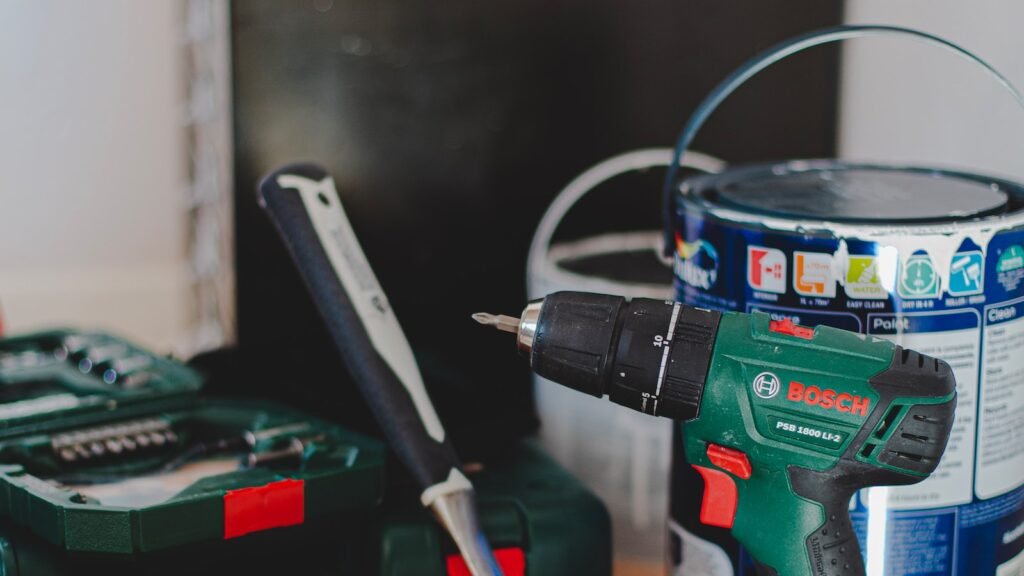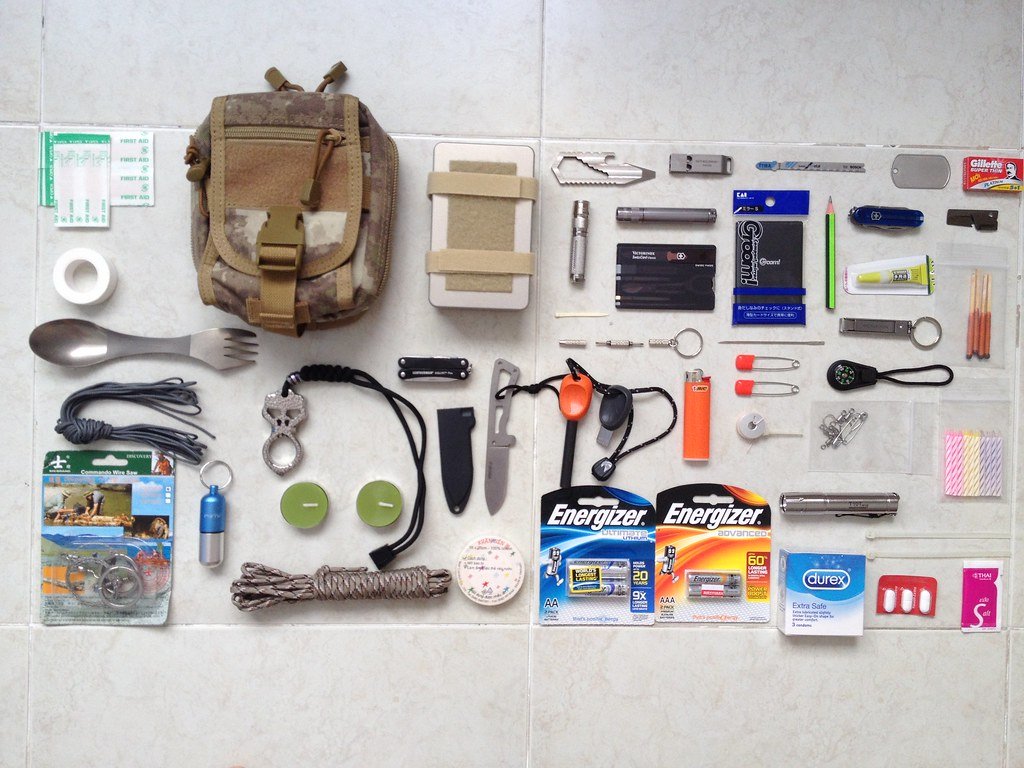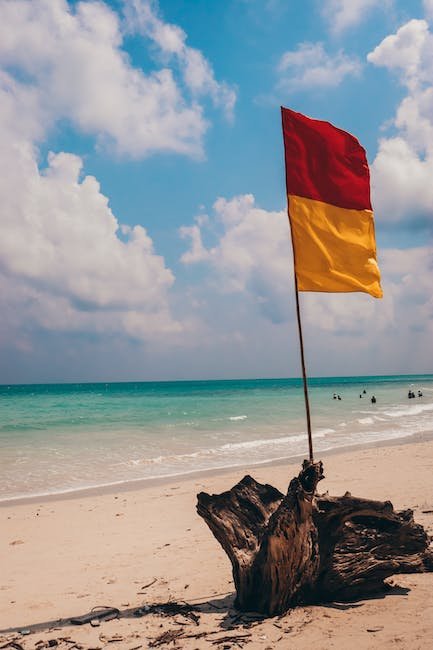Now Reading: How to Make Your Own Urban Emergency Food Kit
-
01
How to Make Your Own Urban Emergency Food Kit

How to Make Your Own Urban Emergency Food Kit
In the bustling chaos of urban life, preparedness often takes a backseat to the relentless rhythm of our daily routines. However, amidst the flickering neon lights and towering skyscrapers, it is essential to equip ourselves with the tools required to weather any storm that may come our way. Whether a sudden natural disaster or a temporary disruption of supply chains, creating your own urban emergency food kit is a proactive step towards safeguarding the well-being of yourself and your loved ones. In this article, we will delve into the art of assembling a self-sufficient food kit that not only satisfies immediate hunger but also brings a sense of comfort during the most uncertain times. So, let’s embark on this journey together and discover the key ingredients to nourishing confidence when the cityscape encounters a momentary collapse.
Table of Contents
- Planning for Urban Emergencies: Building Your Own Food Kit
- Selecting Nutrient-dense Foods: A Key Component of Your Emergency Kit
- Storage Tips: Ensuring Long-term Shelf Life for Your Urban Emergency Food Kit
- Customizing Your Urban Emergency Food Kit: Catering to Personal Dietary Needs
- Ready-to-Eat Meals: Quick and Convenient Options for Your Urban Emergency Food Kit
- Q&A
- The Conclusion

Planning for Urban Emergencies: Building Your Own Food Kit
In times of urban emergencies, it is crucial to have a well-stocked food kit to ensure you and your loved ones are prepared for any situation. Building your own food kit not only provides peace of mind but also allows you to customize it to meet your specific needs and preferences.
1. Assess Your Needs: Begin by assessing your dietary requirements and the number of people you are planning to provide for. Consider any food allergies, restrictions, or special dietary needs. Take into account the duration of the emergency and plan accordingly.
2. Stock Non-Perishable Foods: Focus on non-perishable items that have a long shelf life. Include canned goods, such as vegetables, beans, soups, and fruits. Additionally, stock up on items like rice, pasta, and grains that can provide sustenance and energy during challenging times. Don’t forget to include a manual can opener!
3. Include Essential Supplies: Apart from food, your kit should also contain essential supplies. Pack enough water to last at least three days, allowing for one gallon per person per day. Ensure you have a supply of disposable plates, cups, utensils, and napkins. Don’t forget to include a first-aid kit, medications, as well as a camping stove or portable cooking utensils for meal preparation.
4. Rotate and Replenish: Remember to regularly check and rotate the food in your kit to maintain freshness. Every six months, reassess your needs and update your kit accordingly. This will ensure that your emergency food supply remains reliable and ready for any unforeseen events.
By following these steps and investing time into building your own food kit, you are taking an important step towards being prepared for urban emergencies. Remember, it’s better to be proactive and prepared, rather than caught off guard when disaster strikes. Stay safe and plan ahead!
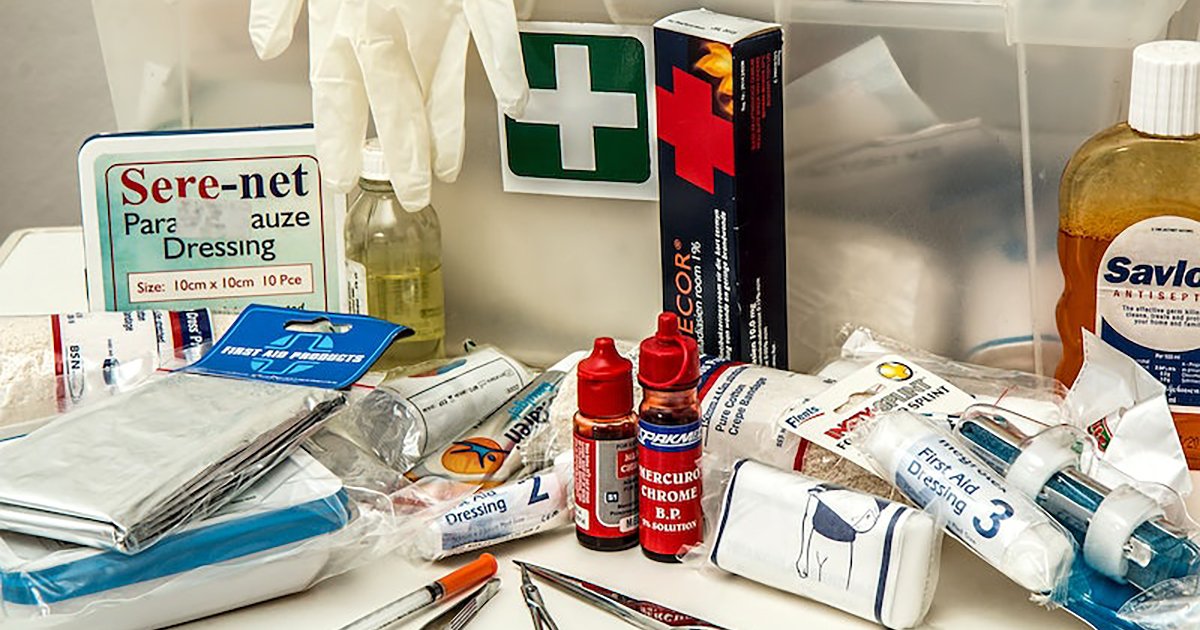
Selecting Nutrient-dense Foods: A Key Component of Your Emergency Kit
When preparing for emergencies, it’s crucial to choose nutrient-dense foods that will provide you with the energy and sustenance you need. These foods should be long-lasting, easily portable, and packed with essential nutrients to keep you healthy and strong during challenging times.
Here are some tips to help you select the perfect nutrient-dense foods for your emergency kit:
- Dried Fruits and Nuts: These powerhouses of nutrition are convenient, lightweight, and provide a great source of vitamins, minerals, and healthy fats.
- Canned Protein: Stock up on protein-packed options like canned tuna, chicken, or beans. They are excellent sources of essential amino acids and can be easily incorporated into various meals.
- Whole Grains: Opt for whole grain cereals, bread, or rice that are rich in fiber and complex carbohydrates. They provide necessary sustenance and can be stored for long periods.
- Dehydrated Vegetables: These gems retain much of their nutritional value and can be rehydrated when needed. They are incredibly versatile and can be used in soups, stews, or as standalone side dishes.
Remember to periodically check and rotate the food in your emergency kit to maintain freshness. By selecting nutrient-dense options, you’ll ensure that your body receives the vital nourishment it needs when facing unexpected circumstances.
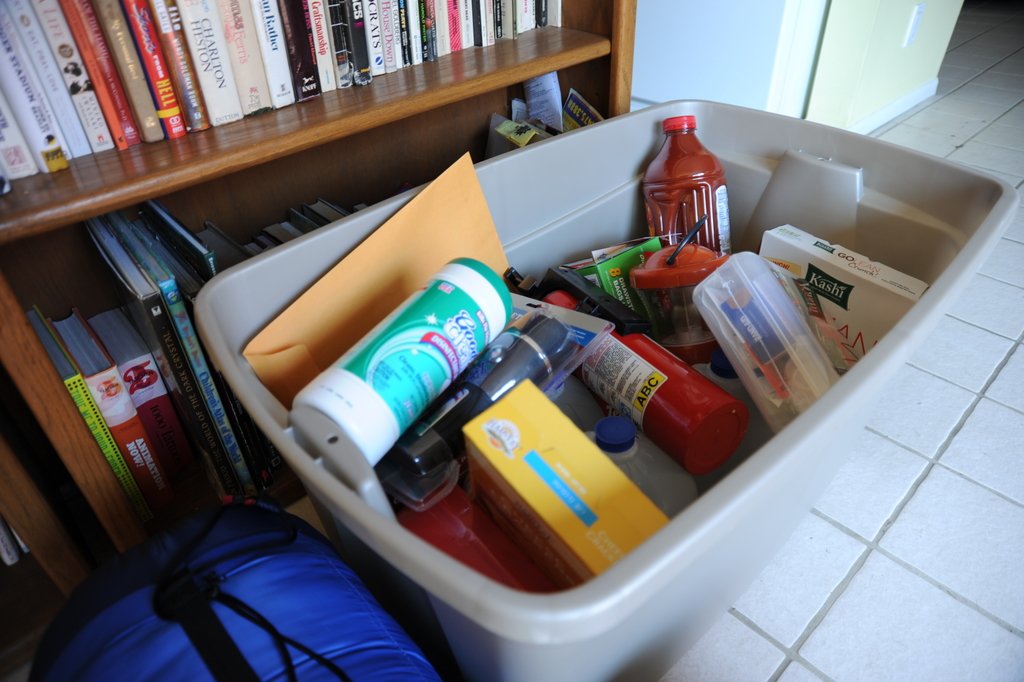
Storage Tips: Ensuring Long-term Shelf Life for Your Urban Emergency Food Kit
When it comes to preparing for emergencies in the bustling urban jungle, having a well-stocked emergency food kit is crucial. However, simply gathering a variety of non-perishable items is not enough. To ensure the longevity and quality of your urban emergency food kit, proper storage is paramount. Here are some essential tips to help you maximize the shelf life of your emergency provisions:
- Rotate your stock: Just like any other food item, emergency supplies have expiration dates. Make it a habit to regularly check and rotate your stock, placing newer items at the back, so you use the oldest ones first.
- Keep it dry: Moisture is the enemy of long-term food storage. Ensure your urban emergency food kit is kept in a cool, dry place to prevent any potential damage or spoilage. Consider using airtight containers to safeguard against humidity.
- Label and organize: Maintaining order in your emergency food kit is key. Label each item with its expiration date and organize them into categories such as grains, canned goods, and snacks. This way, you can easily keep track of what needs to be consumed or replaced.
- Regularly assess and replenish: Set a reminder to assess your emergency food supplies every few months. Check for any signs of deterioration, damage, or expired items. Replace whatever necessary to ensure your urban emergency food kit is always ready for any unforeseen situation.
Remember, taking the time to properly store and maintain your urban emergency food kit guarantees that it remains a reliable lifeline during challenging times. By implementing these storage tips, you can have peace of mind knowing that you are adequately prepared for whatever urban emergencies may come your way.
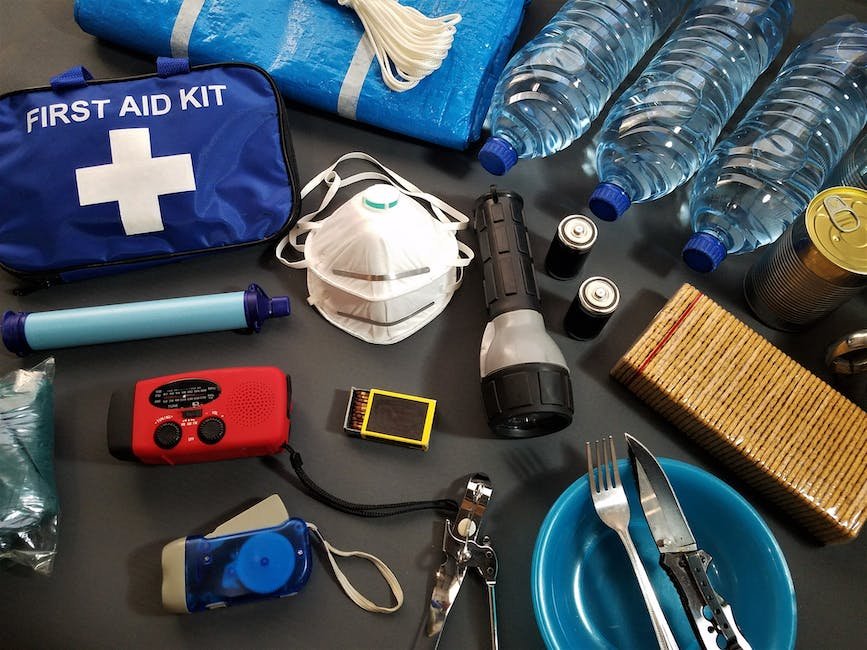
Customizing Your Urban Emergency Food Kit: Catering to Personal Dietary Needs
When it comes to preparing for emergencies, it’s essential to have a well-stocked urban emergency food kit that meets your dietary needs. Every individual has unique dietary requirements, and it’s crucial to cater to these needs when planning for unexpected situations. By customizing your food kit, you can ensure that you have the necessary sustenance during challenging times.
To effectively cater to personal dietary needs, consider the following tips:
- Identify dietary restrictions: Take note of any allergies, intolerances, or dietary restrictions you or your family members may have. This includes gluten-free, vegan, vegetarian, or lactose-free diets. Understanding these restrictions will help in the selection and procurement of suitable emergency food supplies.
- Diversify food options: Prioritize a variety of food options to address different nutritional requirements. Include non-perishable items like canned fruits and vegetables, protein-rich legumes, grains, and powders for meal replacements. Ensure a balance of carbohydrates, proteins, healthy fats, vitamins, and minerals.
- Consider special needs: Don’t overlook specialty items for medical conditions like diabetes or high blood pressure. Keep an ample supply of necessary medication and specific food items required for managing these conditions.
- Avoid cross-contamination: If you have severe food allergies, prevent cross-contamination by storing allergen-free products separately and ensuring thorough cleaning of containers or utensils before use. Labeling items clearly can also help to avoid mix-ups.
By customizing your urban emergency food kit to suit personal dietary needs, you are better equipped to handle unexpected situations with confidence. With proper planning and thoughtfulness, you can ensure the well-being and nourishment of yourself and your loved ones during challenging times.
Ready-to-Eat Meals: Quick and Convenient Options for Your Urban Emergency Food Kit
When it comes to preparing for emergencies in an urban setting, having ready-to-eat meals in your food kit is a smart move. These quick and convenient options can provide sustenance during times when access to fresh food may be limited or compromised.
Ready-to-eat meals are not just your ordinary canned goods. They have come a long way in terms of variety and taste. With advancements in food technology, these meals are now available in a wide range of options, catering to different dietary needs and preferences.
Whether you prefer vegetarian, gluten-free, or high-protein options, there is a ready-to-eat meal that suits your requirements. These meals are often packed with essential nutrients and can provide a balanced diet in a compact and portable form.
In addition to their nutritional value, ready-to-eat meals offer convenience like no other. They are pre-cooked and require no refrigeration or cooking, making them perfect for emergency situations. Simply open the package, heat if necessary, and enjoy a hot, nourishing meal within minutes.
When building your urban emergency food kit, don’t forget to include a variety of ready-to-eat meals. They can be a lifesaver during unpredictable situations. Stock up on these compact and flavorful options, ensuring you have a reliable source of sustenance when it matters most.
Benefits of ready-to-eat meals in an urban emergency:
- No cooking or refrigeration required.
- Wide variety of dietary options available.
- Convenient and quick to prepare.
- Packed with essential nutrients.
- Compact and portable.
Q&A
How do I start building my own urban emergency food kit?
To begin, make a list of non-perishable food items that you and your family enjoy. Stock up on essentials like canned goods, dried fruits, nuts, and protein bars. Remember to choose foods with a long shelf life and high nutritional value.
What equipment do I need for my urban emergency food kit?
Key equipment to include in your kit are a can opener, multi-purpose utensils, disposable plates and cups, and a portable stove or camp cooker. These items will allow you to easily prepare and consume your emergency meals.
How long should my urban emergency food kit last?
Aim to make your kit last at least three days, but ideally up to two weeks. This will ensure that you have enough food to sustain yourself and your family during most emergency situations.
How do I store my urban emergency food kit?
Find a cool, dry place to store your kit, such as a pantry or basement. Keep it away from direct sunlight and extreme temperatures to prolong the shelf life of your food.
What other items should I consider including in my urban emergency food kit?
In addition to food, pack plenty of bottled water, a first aid kit, a flashlight, batteries, a whistle, and a portable phone charger. These items will help you stay hydrated, address injuries, and stay connected during emergencies.
How often should I check and update my urban emergency food kit?
Regularly check your kit at least once every six months to ensure that all the food is within its expiration date and replace any items that have expired. It’s also a good opportunity to make sure you have essential tools and your kit is still easily accessible and up-to-date.
The Conclusion
In a world where uncertainty is inevitable, preparedness becomes paramount. Crafting your own urban emergency food kit can mean the difference between despair and resilience in times of crisis. By now, you have gathered the knowledge, skills, and inspiration to embark on this vital journey of self-reliance.
Remember to personalize your kit, tailoring it to suit your distinctive needs. Whether you’re a vegetarian, a health-conscious enthusiast, or a snack aficionado, let your urban emergency food kit become an extension of your tastes and preferences. Don’t just survive; thrive!
As you navigate the process of assembling your kit, embrace the adventure and take pride in your resourcefulness. Sustainable solutions lie within your grasp, as you recycle jars, repurpose containers, and rediscover the endless possibilities tucked away in your pantry. Dare to think outside the box, transforming ordinary items into extraordinary lifelines.
While the world may be spinning with uncertainty, your urban emergency food kit will stand as a symbol of empowerment. It holds peace of mind, confidence, and a comforting reminder that you are capable of overcoming obstacles that lay in your path. Embrace the feeling of control over your destiny and embrace the resilience pulsating through your veins.
As you conclude this journey, marvel at the shelves adorned with your creation, a tangible testament to your dedication and foresight. Take a moment to appreciate the value of self-sufficiency, knowing that no matter the upheaval that may come, you have taken prudent steps towards ensuring your well-being and that of your loved ones.
Now, equipped with wisdom and a well-stocked emergency food kit, go forth and conquer the unknown with a newfound sense of security. From floods to power outages, from natural disasters to unforeseen events, remember that you hold the key to survival. Trust in your ability to adapt, to persevere, and to nourish not only your body but also your spirit.
So, dear reader, may your urban emergency food kit be a beacon of hope and a tangible reminder that you are the architect of your own safety. Prepare, empower, and thrive – for the journey towards self-reliance has just begun.
As an affiliate, my content may feature links to products I personally use and recommend. By taking action, like subscribing or making a purchase, you’ll be supporting my work and fueling my taco cravings at the same time. Win-win, right?
Want to read more? Check out our Affiliate Disclosure page.

